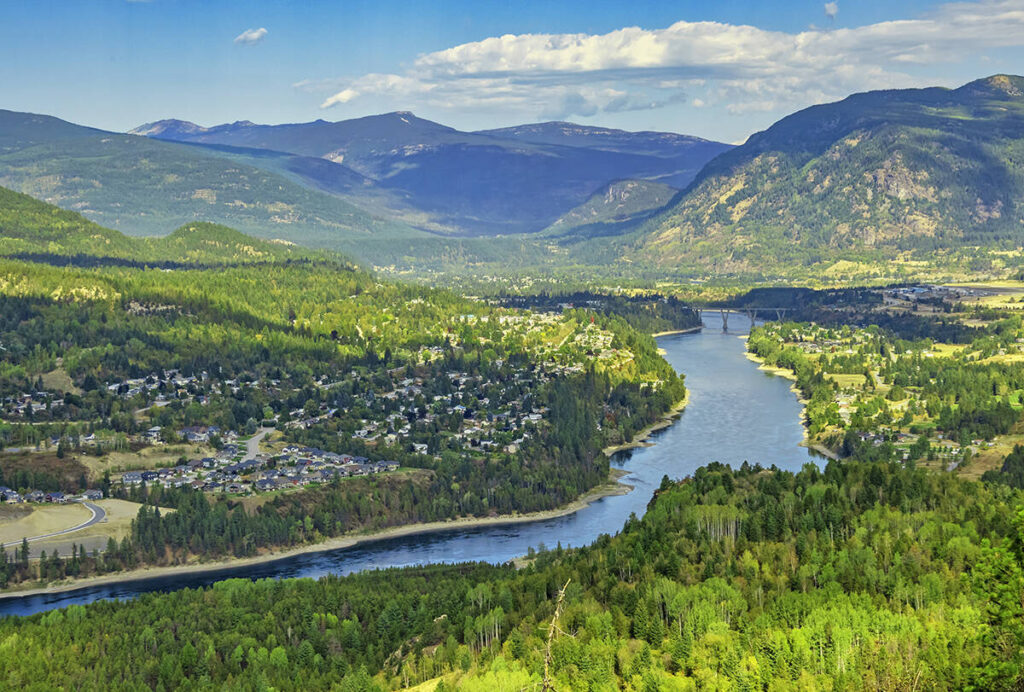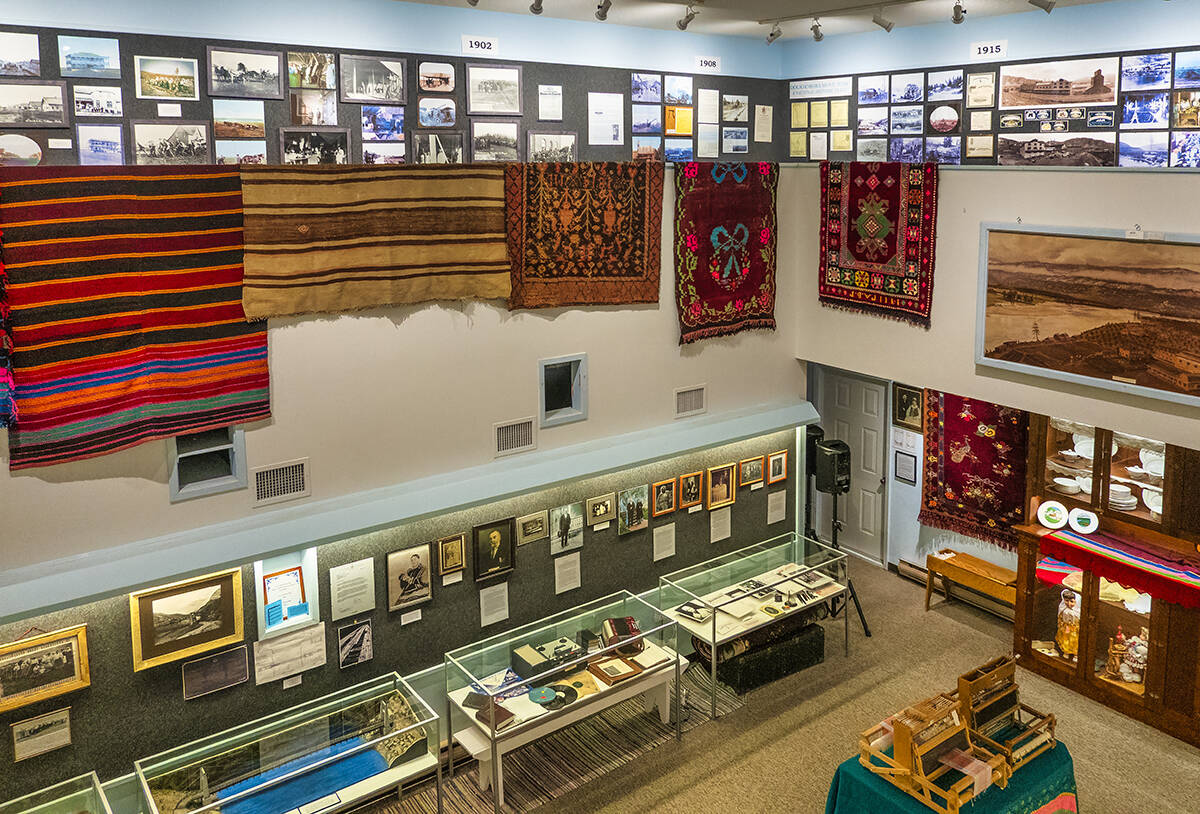Castlegar celebrates nature, culture and link to the Prairies

Castlegar, B.C., blends outdoor adventure, striking mountain scenery, rich culture and a key historical link to the Canadian Prairies.
With fewer than 10,000 residents, the city lies at the confluence of the Columbia and Kootenay rivers along Highway 3 in southern British Columbia.
We get our first glance at its stunning setting in the mountains as we approach from the east, where the road descends into a broad valley. The city’s lower elevation in the deep valley gives Castlegar a milder climate than many communities in the region.
Read Also


Life’s transitions can be challenging but rewarding
The agriculture industry is grappling with change, perhaps more than ever before, which is why it’s also more important than ever for farmers to understand how to successfully navigate transitions, both professional and personal.
Surrounded by nature, the area abounds in just about every outdoor activity going from hiking and biking trails to paddling, fishing, golfing, rock climbing and wildlife viewing.
We don’t even leave town to find nature trails such as the Millennium Walkway along the Columbia River and around Zuckerberg Island.


Castlegar’s history is closely tied to that of the Doukhobors.
The pacifist group was looking to escape persecution in Russia in the late 1890s, at the same time that the Canadian government was encouraging immigration to the Prairies. The Doukhobors were given land in Saskatchewan and exempted from military service.
Trouble came in 1907 when the government ordered Doukhobors to declare an oath of allegiance and register their land under the Homestead Act, which they saw as government interference and contrary to their communal way of life.
In response, some 5,000 Doukhobors left Saskatchewan in 1908 for B.C.’s Kootenay region, mostly in and around Castlegar. While conflicts with the government eventually erupted here as well, for a time they enjoyed greater freedom.
Castlegar’s Doukhobor Discovery Centre brings this history to life on a 10-acre site modelled after a traditional village.


On our visit, we learned about their distinct cultural and spiritual identity that still resonates in the community. Near the entrance stands a table with bread, salt and water, representing the staff of life and symbolizing peace and hospitality.
In the dom, or community dwelling, two floors of exhibits trace the Doukhobors’ history and persecution, their communal lifestyle and pacifist ideals.
The blacksmith shop contains early tools, while the barn and implement shed reflect their agricultural roots.
Textile displays show looms, spinning wheels and weaving tools alongside beautiful tablecloths, shawls and rugs.
In the gardens, a statue commemorates Russian novelist Leo Tolstoy, who supported the Doukhobor cause in Russia and helped with their emigration to Canada.
Elsewhere in Castlegar, we can visit the historic Brilliant Suspension Bridge over the Kootenay River, built by Doukhobor settlers in 1913 and now restored for pedestrian use.
On a hillside overlooking the river valley lies the tomb of Doukhobor leader Peter V. Verigin, who died in 1924. Many of his family members are also buried here amidst the floral gardens.
A surprising spot is Zuckerberg Island, reached by a pedestrian suspension bridge near the river confluence. It was named for Russian writer and pacifist Alexander Zuckerberg, who came to Canada to teach Doukhobor children and settled on the island in the 1930s.
Peaceful nature trails wind through the small island. Along the way, we pass the remains of an ancient winter pit house used by Lakes Salish people years ago.
The centrepiece is the unusual Russian Orthodox Chapel House, built by Zuckerberg and since restored. Also a sculptor, Zuckerberg’s most famous piece is Stump Woman, carved from a tree stump in front of the Chapel House.
Castlegar proudly calls itself the Sculpture Capital of Canada.


The Sculpturewalk is an annual exhibit of outdoor artwork scattered through the city, with most in an easily walkable area of downtown. Sculptors from near and far bring their works for exhibition and competition.
With our sculpture map in hand, we spent an enjoyable evening looking at pieces that range from intricate to colourful to completely off the wall. One actually is a wall next to the library, where Humpty Dumpty sits reading a book.
We find sculptures of birds, animals, people and even elephants with balloons. Some designs only make sense in the minds of the artists.
You can even vote for your favourite piece by filling out a ballot. The city purchases the winning piece to become part of its permanent exhibit.
Arlene and Robin Karpan are well-travelled writers based in Saskatoon. Contact: travel@producer.com.
Source: producer.com


